Cēsis Medieval Castle
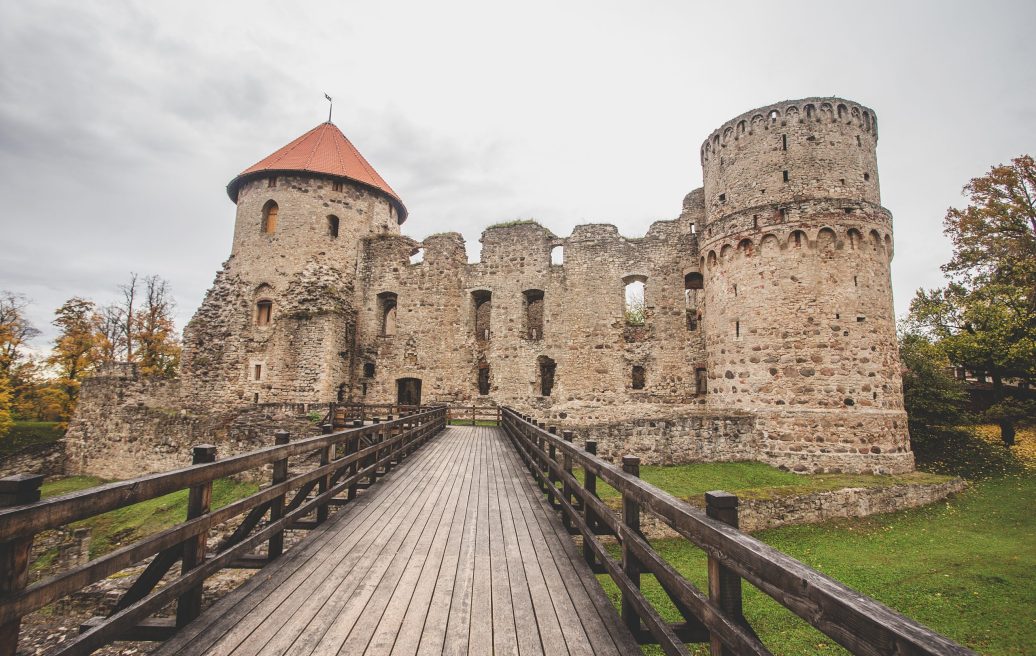
Description
During the 800 years of its history, Cēsis Medieval Castle’s role has changed as much as its appearance. Originally a fortress for the Livonian Brothers of the Sword, it gained its reputation as the most powerful stronghold in Livonia under the rule of the Teutonic Knights. The castle served as their residence, and the Teutonic Knights’ highest commanders held their annual meetings here. The Castle’s glory peaked between 1494 and 1535 when the Order was headed by Walter von Plettenberg, one of Livonia’s most prominent politicians and military commanders.
In 1577, during an attack by Russian tsar Ivan the Terrible, 300 people seeking refuge in the castle blew themselves up with gunpowder, causing heavy damage to the castle. With the rapid development of military technology, the ancient fortress lost its military significance and was used as a residence until the end of the 17th century. After the Great Northern War, the castle was abandoned, with rain and frost gradually eroding the roofless structure and townspeople carrying off the once-magnificent castle’s stones to use as they pleased.
It was the 19th-century Romantic movement that drew attention to the castle and the need to preserve and study the magnificent historic monument. Today, Cēsis Castle is one of the most fascinating tourist destinations in Latvia, attracting travellers from all over the world.
Improvements made within the project
The most ambitious conservation project to date has been carried out at Cēsis Castle, strengthening parts of the castle. The project has conserved the first, third and fourth floors of the castle’s western tower, and extensive work on the first floor has restored the at least 600-year-old masonry, reinforcing the historical plaster, as well as laying a new larch-board floor. To ensure the safety of the visitors, wooden shutters were installed in the window openings on both the first and fourth floors.
Extensive masonry conservation measures are currently carried out in the castle’s eastern and southern wings, as well as in the chapel and the south tower, known as the Long Herman, which has been opened to the public following the conservation efforts. The multimedia exhibition Life on the Powder Keg, spaced out on all four floors of the tower, explains the role of the Long Herman in protecting the castle and reveals the stories of historical figures who were locked up in the tower’s cellar.
The project also renovated the pedestrian bridge and the ancient jewellery smithy, installed a new front door for the visitors’ centre, and constructed wooden scaffolding around the west tower in the castle-front for future conservation measures.
Two new buildings were created on the site of the former castle-front: a multi-purpose shelter and handicrafts workshops ran by craftspeople during the high season.
Investments – EUR 1,488,608.41
Of which:
ERDF funding – EUR 950,000
state budget grant – EUR 41,911.76
municipal funding – EUR 496,696.65
The project was implemented by Cēsis Municipality Local Government.
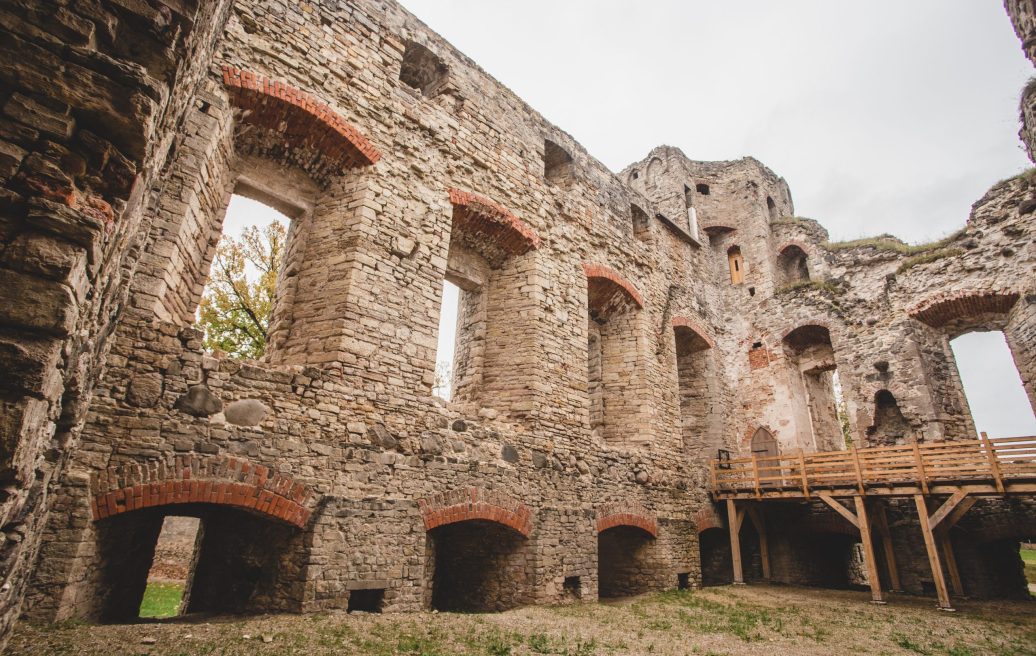

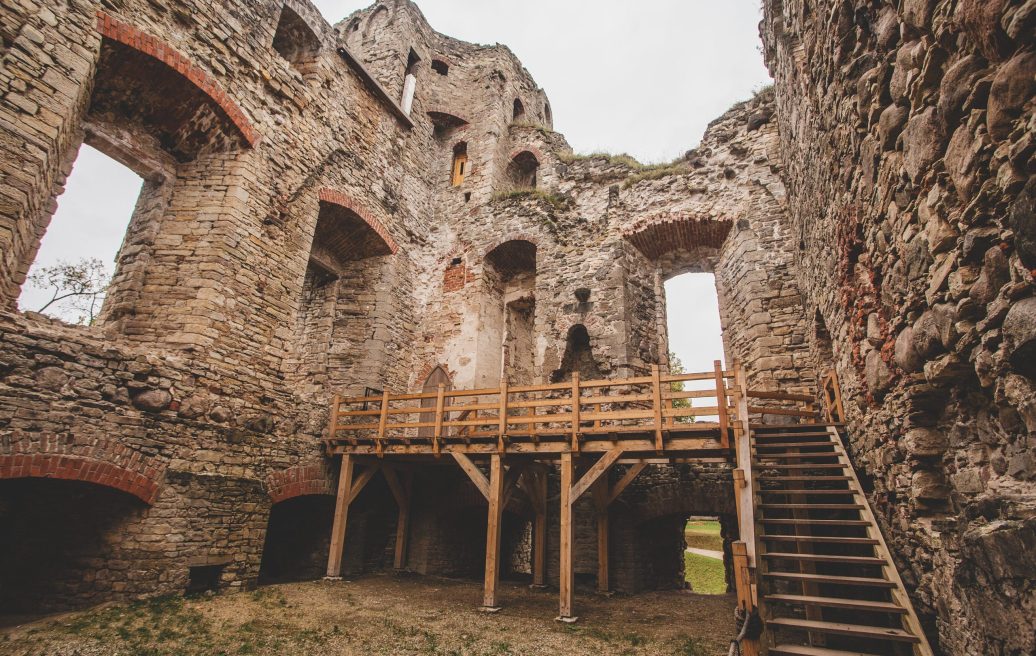
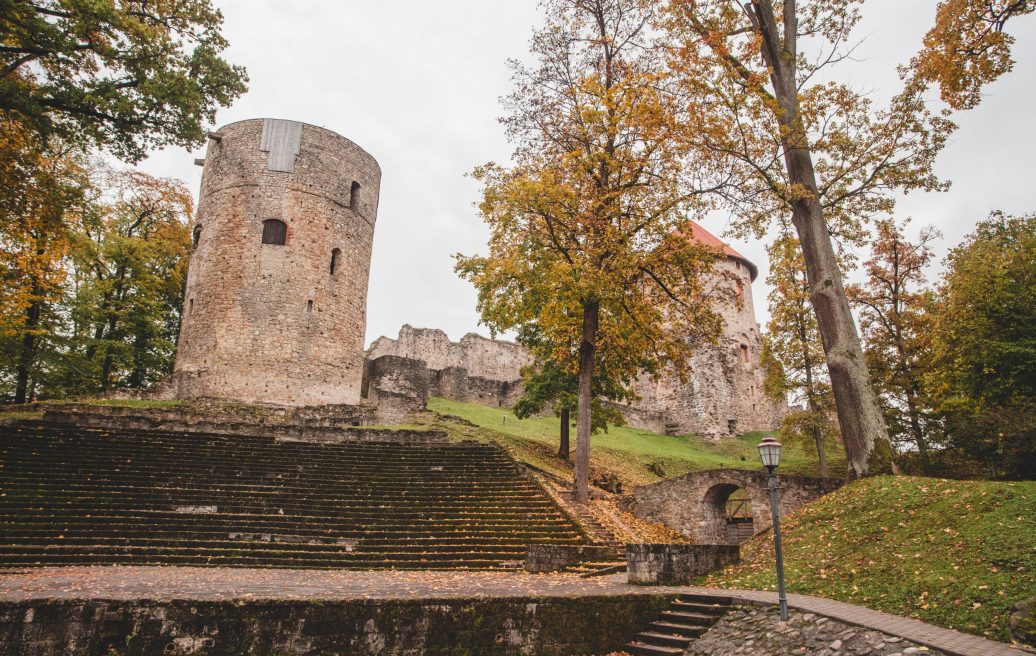
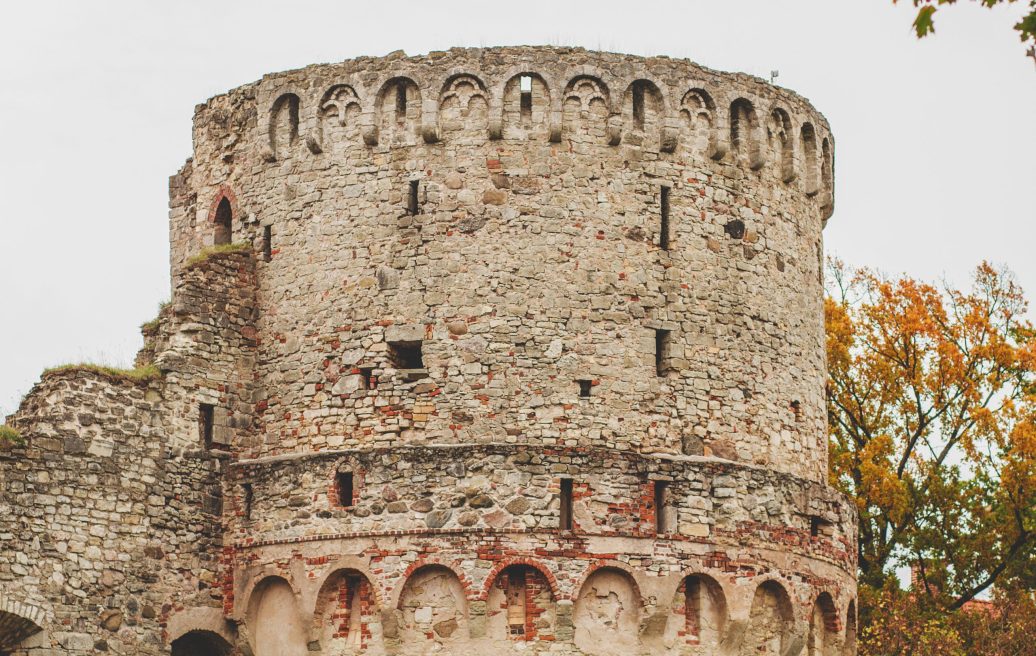
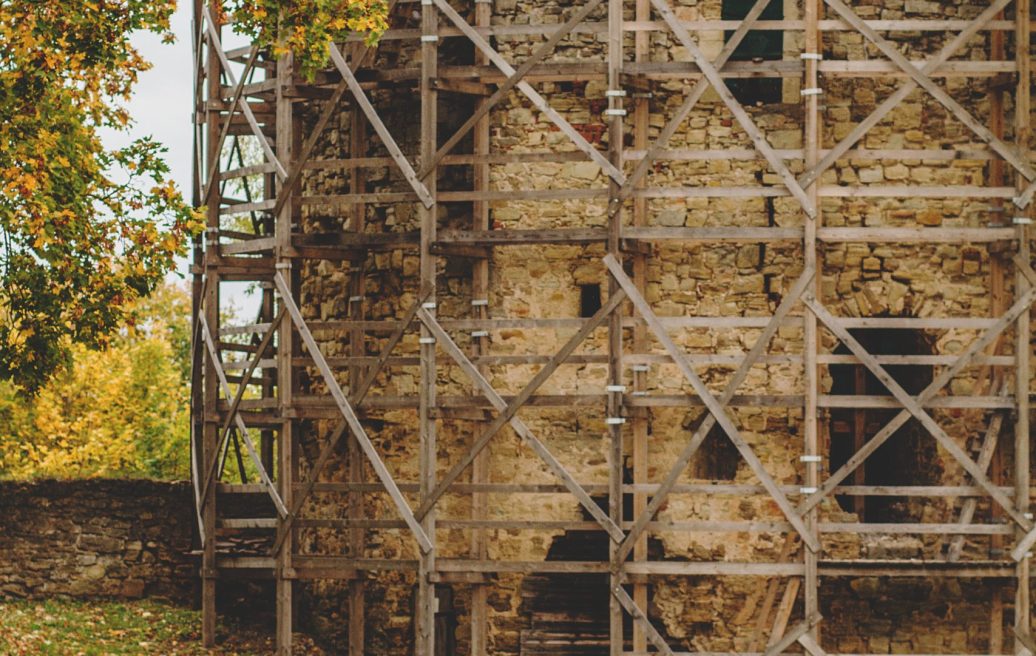
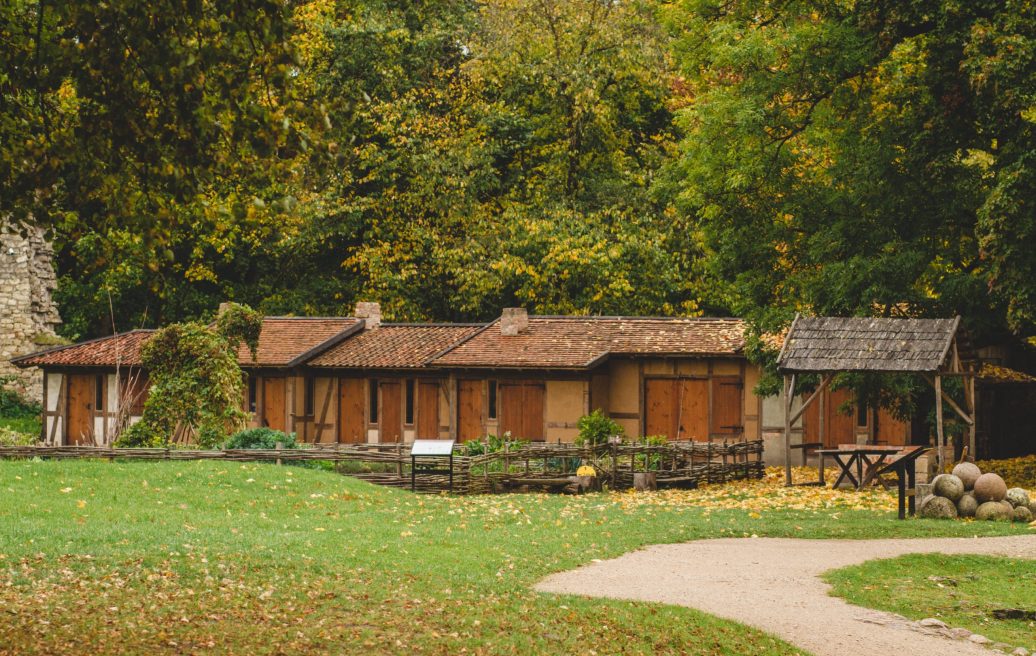
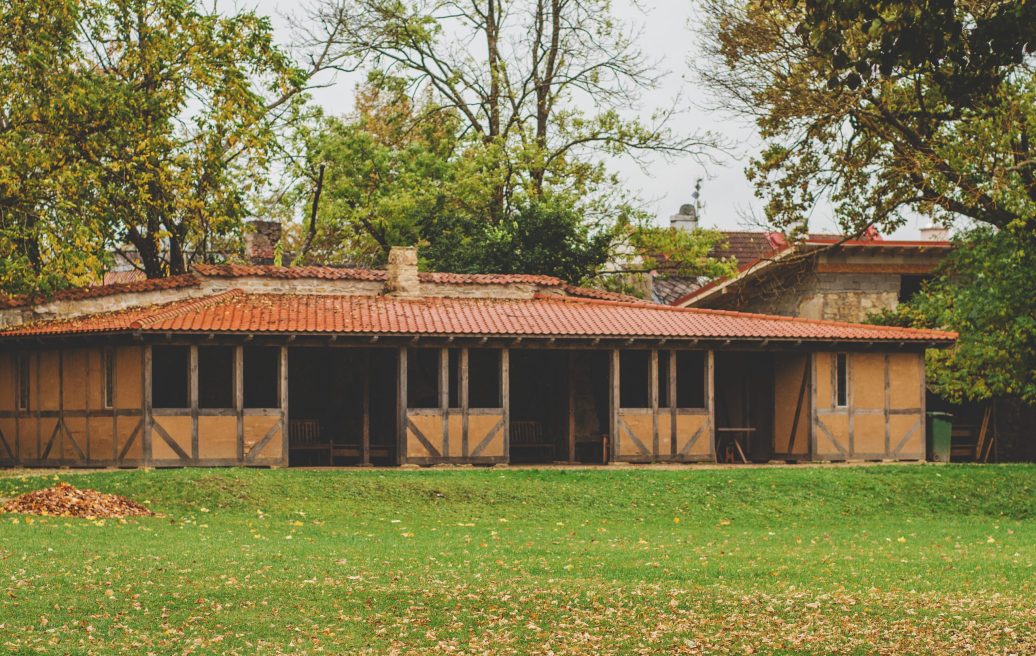
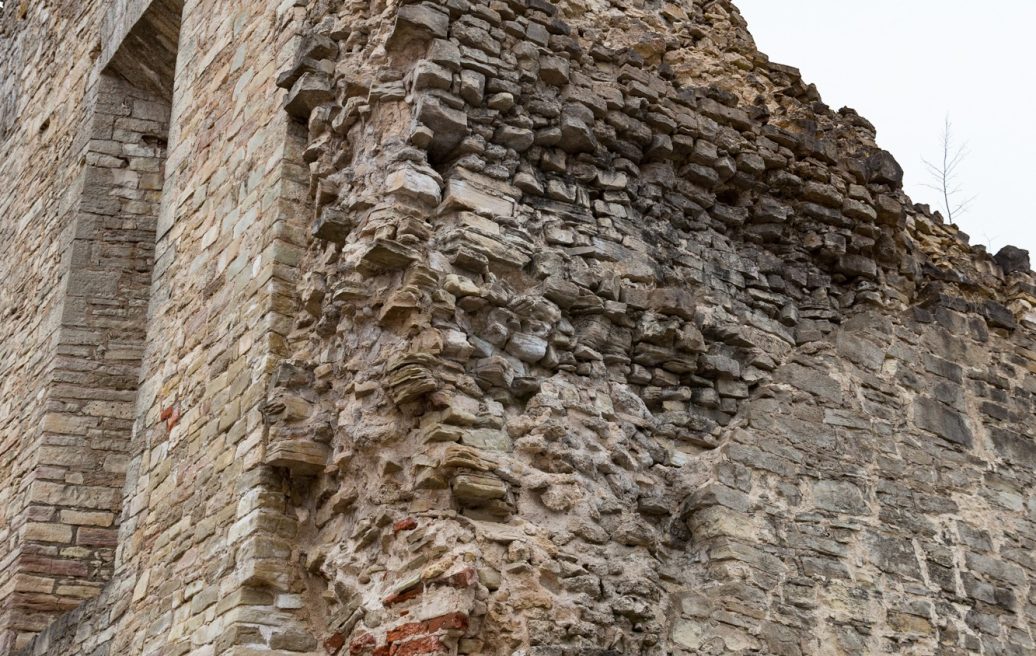
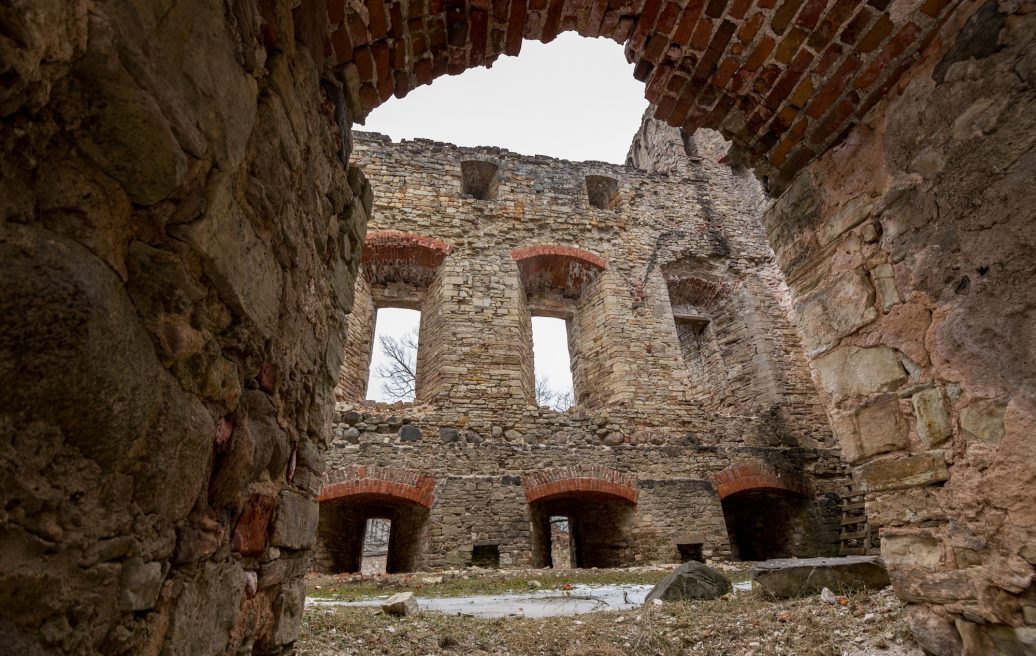
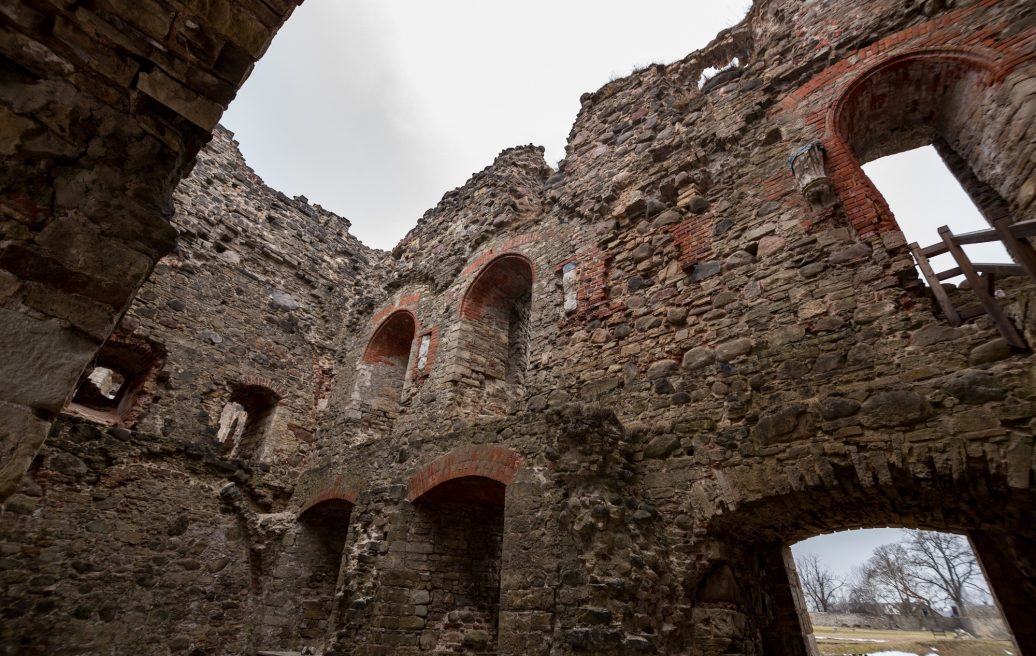
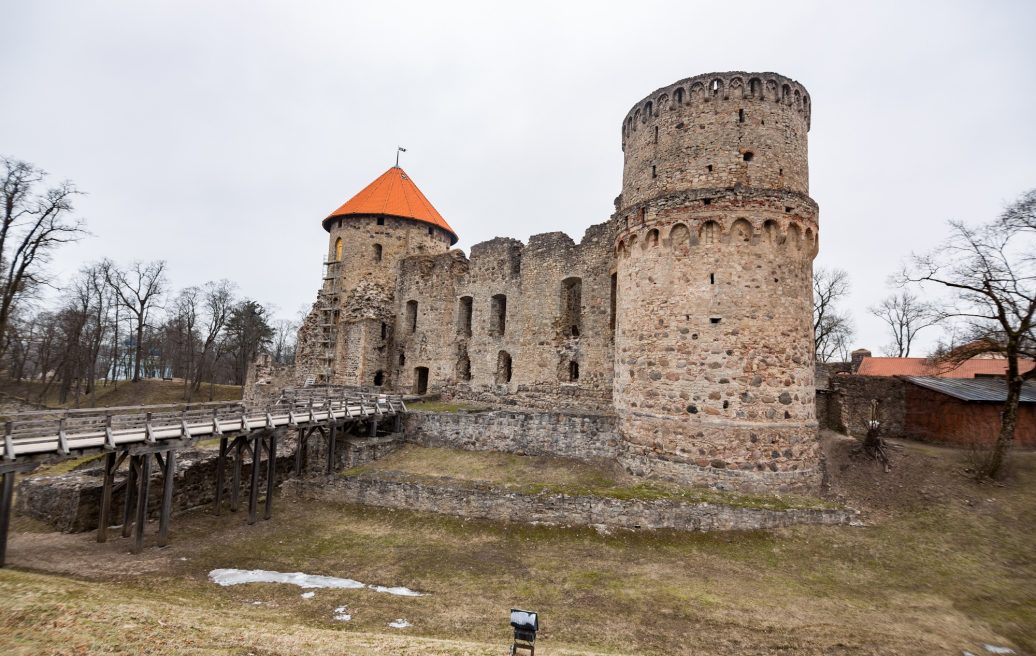
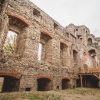
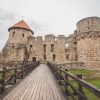
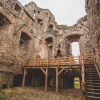
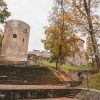
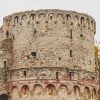
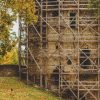
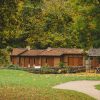
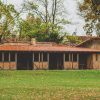
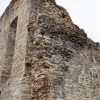
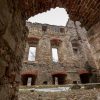
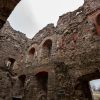
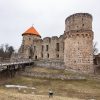
Address
Castle Square 9, Cēsis
Working time
May to September every day 10:00-18:00
Only the Medieval Castle is open on Mondays
Admission fee
May to September
Castle complex (Medieval Castle, museum, exhibition house, Lademacher Tower)
- EUR 10.00 – adults
- EUR 6.00 – pupils, students, pensioners (with a pensioner’s certificate)
- EUR 22.00 – family ticket (2 adults with children up to 16 years of age)
Medieval Castle
- EUR 6.00 – adults
- EUR 4.00 – pupils, students, pensioners (with a pensioner’s certificate)
- EUR 15.00 – family ticket (2 adults with children up to 16 years of age
Free admission for persons with group I and II disabilities (with a valid certificate).
Ticket sales stop 45 minutes before closing time.
Getting there
The Medieval Castle is located in the heart of the Cēsis historical centre, within a 10-minute walking distance from the Cēsis bus and train stations.
If you’re planning to arrive by private car, please note the time restrictions for parking in Cēsis historical centre.
Good to know
What to see in the Medieval Castle complex: Handicrafts Workshops; Medieval Kitchen Garden; Medieval Activity Area; Ancient Jewellery Smithy; West Tower; South Tower.
Guided tours are available in Latvian, Russian or English, only by prior arrangement.
